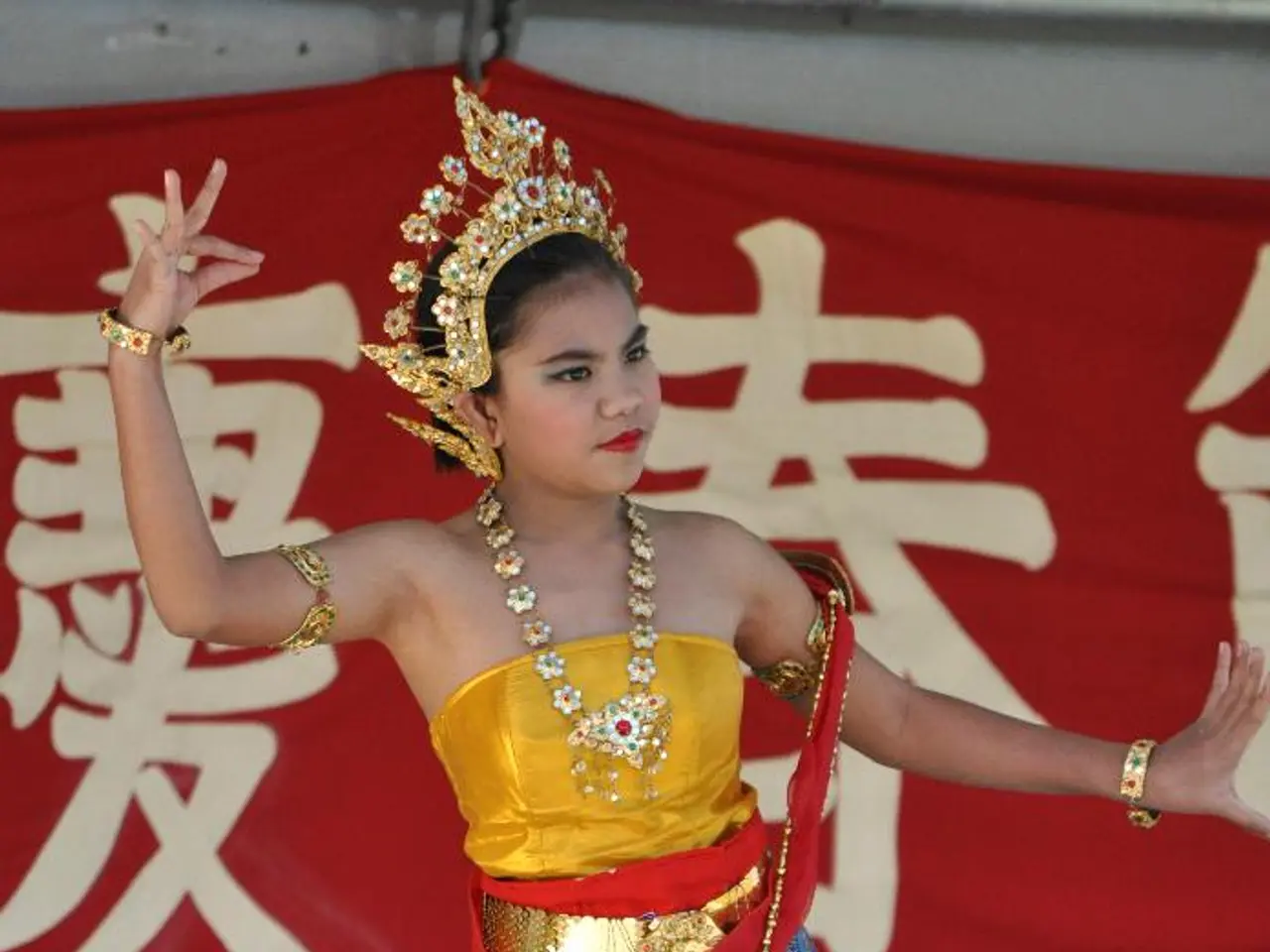Detailed Exposition of Bharat Muni's Natyashastra: Key Points and Thematic Discussion
The Natyashastra, penned by Bharata Muni, is a historically significant ancient text in the realm of Indian classical arts, particularly theatre, dance, and music. Composed between 200 BCE and 200 CE or possibly as early as the 5th century BCE in Kashmir, the Natyashastra is frequently referred to as the "Bible of Indian theatrical arts."
This comprehensive guide systematically codifies aesthetics, performance techniques, and stagecraft, providing explanations of acting, dramatic structure, music, dance, and aesthetics. The text's key themes revolve around the concept of Rasa, the emotional essence or flavor experienced by an audience. The Natyashastra outlines eight primary Rasas: love (Śṛṅgāra), humor (Hāsya), compassion (Karuṇā), anger (Raudra), heroism (Vīra), fear (Bhayānaka), disgust (Bībhatsa), and wonder (Ādbhuta), later expanded to include a ninth, peacefulness (Śānta).
The Natyashastra emphasizes the transformative, almost sacred, nature of the performing arts, elevating them as a discipline central to Indian cultural and spiritual life. It elucidates detailed guidelines on abhinaya (expression and gesture), stage design, makeup, costumes, and the integration of music and dance with drama.
The ongoing influence of the Natyashastra is profound on Indian classical arts. It underpins classical dance forms like Bharatanatyam, Kathakali, and Odissi, as well as traditional theater and classical music. Its concepts continue to shape performance techniques, narrative styles, and aesthetic appreciation to this day.
The Natyashastra identifies four main elements that form the foundation of dramatic performance: Rasa, Bhava, Abhinaya, and Raga and Tala. Rasa refers to the emotional essence or flavor experienced by an audience, Bhava to the emotional states of the characters, which are evoked in the audience, Abhinaya refers to the expression of emotions, ideas, and feelings through gestures, movements, facial expressions, and speech, while Raga and Tala refer to music and rhythm, which are considered integral to the performance.
The UNESCO recognition of the Natyashastra as part of India’s documentary heritage reaffirms its global cultural and intellectual significance. It remains a critical text studied worldwide for its insights into aesthetics, narrative construction, emotional engagement, and performative expression.
In sum, Bharata Muni’s Natyashastra established the theoretical and practical framework that has defined Indian classical theater, dance, and music for millennia, preserving a sophisticated artistic tradition with enduring global relevance.
In the realm of literature and education-and-self-development, Bharata Muni's Natyashastra serves as a critical text, providing insights into the thematic concepts of Rasa and the emotional essentials of artistic performance. The text's learning extends beyond theater, influencing character development, narrative construction, emotional engagement, and performative expression in various classical arts, including Bharatanatyam, Kathakali, and Odissi. The categorization of Rasa, Bhava, Abhinaya, Raga, and Tala, presented in the Natyashastra, continues to shape learning and appreciation of these art forms, reaffirming its global cultural and intellectual significance.




